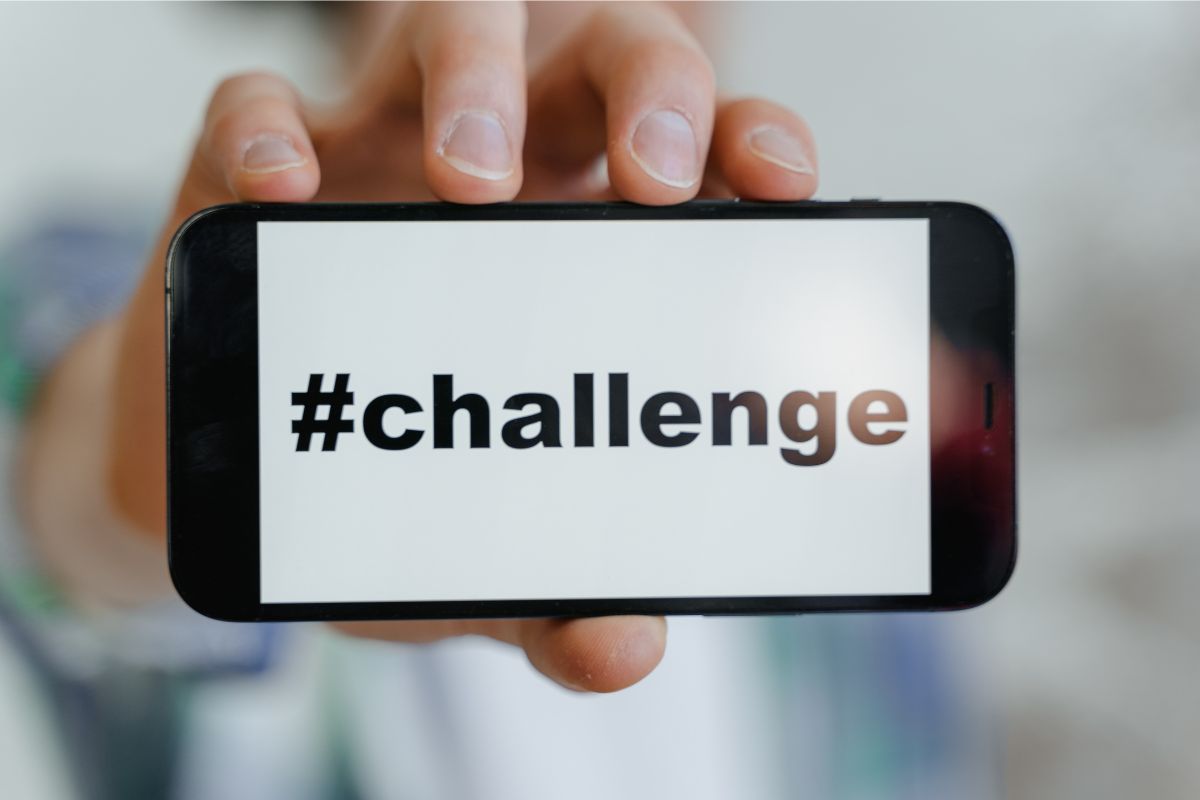The competition within the e-Commerce market is frenzied. Now, most eCommerce sellers scrape eCommerce data for analysis and tracking in order to make a smarter decision and survive in the competition. However, there are a few obstacles you need to be aware of that might roadblock your trip of getting quality data. In this article, we will talk about the top 3 challenges of eCommerce web scraping and how to solve them.
Challenge 1: Large Scale Extraction
For e-Commerce store owners, it is a daily chore to manage 20+ subcategories under a major category. These add up to a total of more than a hundred items. It doesn’t sound realistic to copy and paste each product’s information including SKU, thumbnail image, description, shipping and customer reviews into a single spreadsheet for records and analysis on a daily basis. The monotonous work not only takes up your time but also leads to lower data quality and precision.
Solution 1: Outsourcing or In-house Team?
In most cases, owners would opt for outsourcing or an in-house team to build a web crawler for them. Notice that all websites are versatile and vary in structure. There is a great possibility that you need to adjust the crawler once in a while. The service and maintenance are quite an expense each year. In addition, if the vendor isn’t reliable, you will put the data at risk.
If you’re finding a data service for your project, Octoparse data service is a good choice. We work closely with you to understand your data requirement and make sure we deliver what you desire. Talk to Octoparse data expert now to discuss how web scraping services can help you maximize efforts.
Solution 2: No-Coding Web Scraping Tool
An intuitive web scraping tool like Octoparse would help you achieve a better result at a lower cost. Web scraping is not the privilege of a programmer anymore. And it shouldn’t burden you with an excessive cost. Here list of main reasons why choose it.
Simplicity: You can build a crawler with simple clicks and drag-and-drop. Better yet, no technical skills are required to use the tool.
Security: Octoparse allows collaborative work. You have control over the data source and the data’s quality. Extracted data will be only handled within the hands of trusted agents.
Lower cost: It minimizes the maintenance cost as you can debug the flow by yourself within a few clicks. Compared to a 3rd party service, a web scraping tool reduces the cost per data, and increases the gross margin.
Here is how you can leverage Octoparse to solve the problem and upscale your business within a few steps. First, you need to download and install it on your device and sign up for a free account. And then, follow the simple steps guide below.
Step 1: Create a workflow with the target page URLs
Open the product page that you want to scrape. Copy and paste the URL to Octoparse and start scraping. You can use the auto-detect mode to get your data automatically, or customize the data field you need by creating a workflow on the right side.
Step 2: Start scraping and download data to Excel
After the quick scraping process of Octoparse, you can check the data in preview mode. Click on the Run button to activate the task, and download it as an Excel file or other formats after the process.
By connecting with your database via API, you can update your database automatically. As such, you are able to monitor most major e-Commerce websites like eBay, Flipkart, Target, BestBuy, etc.
Or you can choose an easier method that using the preset templates. It is an advanced function but you can get the data with only a few clicks. First, search the keyword to find the template, and preview the data sample. Then, fill in the parameters. Finally, run the task on your local device or on a cloud service. You can quickly export the data into a spreadsheet or database.
Challenge 2: Getting Blacklisted/Blocked
Another major challenge faced by many is getting blocked by a targeted website. There are many reasons that can trigger such a defensive act, and the most common one is due to the abnormality of the IP address.
For example, when you ask for too many resources in a given time window, the server will think that the user is not a real person. In order to prevent abuse, the server blacklists your IP address. An IP address is your identity to communicate on the internet with an online resource. It’s like a driver’s license that can get you a pitcher of beer. You can’t get in a bar without showing your identity.
To avoid being blacklisted, a scraper will need to act like a human. What makes a bot different than a human being in front of a computer? As a crawler is scripted, its behavior follows a certain pattern. However, humans’ interactions with the internet are unpredictable. We need to break off the patterns by doing some random acts.
There are three things you can do:
1. Slow down your crawling speed: It’s self-explanatory that humans can’t browse at a crazily fast speed, but a bot can and will.
2. Switch User-Agent: A user-agent indicates which browser the website is interacting with. We reveal the robotic identity if consistent requests are sent with the same user-agent. Octoparse provides a list of user-agents that allows the crawler to switch within a certain time interval.
3. Rotate IP address: Allocate requests to different IP addresses to make it more difficult for servers to detect an abnormality. IP rotation is the most effective method to keep web scraping smooth without interruption. There are many IP Proxy providers that are able to change your IP address. However, the quality of the networks vary.
Solution: Scraping Data with IP Rotation
Luminati leads the market with the largest residential proxy network in the world. They provide 4 types of networks:
1. Rotating residential proxies: you can exchange real-user IPs from city to city across the world. It is extremely useful for information gathering on market analysis and price comparison.
2. Mobile Proxy network: it mimics real mobile users, which allows you to work on a marketing campaign on mobile-centric social media platforms.
3. Static residential proxies: they simulate real residential IPs without IP rotation which ensures uninterrupted task completion.
4. Data Center proxies: this allows you to share proxies which is helpful when mass crawling is needed.
Challenge 3: Anti-scraping Technique – ReCaptcha
However, the above problems are not all. Another problem you may encounter while web scraping is CAPTCHA issues.
What is CAPTCHAs
In order to defend against the malicious scrapers who send too many requests in a given time window and put a strain on their server, some websites might challenge the users to single out the automated bots.
The idea of solving Captchas is quite simple: a customer sends the Captcha to the server. The server sends Captchas to the agent who solves it and then sends the answer-back. It takes around 10 seconds after the initial request was made, the customer can send a request every 5 seconds until it gets solved.
It raises the bar for the data extraction as CAPTCHA appears in many forms and scrapers usually are not intelligent enough to get passed.
CAPTCHA Types
1. Graphic images, which need to be decoded to text.
2. Mathematical CAPTCHA (where you need to do some operations and type answer, like 7 + 5 = ??)
3. Puzzle CAPTCHA
4. Interactive CAPTCHA: reCaptcha, FunCaptcha, Captcha
Moreover, CAPTCHA evolves and generates other variants like reCAPTCHA v2 and reCaptcha v3 that get harder to pass.
Solution: Deal With Web Scraping CAPTCHA
The whole purpose of CAPTCHA is to prevent abusive traffic imposed on the website. It is important not to overburden the server by sending too many requests in a given time window. With an intuitive web scraper like Octoparse, the problem is easily being taken cared of by imposing artificial speed.
Some simple CAPTCHAs like login form CAPTCHAs can also be resolved by Octoparse.
There are many anti-CAPTCHA providers who are able to solve advanced CAPTHCAs like a mathematical CAPTCHA or an Image-based CAPTCHA.
Take 2Captcha as an example. Their service carries a few notable pros against others on today’s anti-captcha market:
High Solving Speed: 14 seconds for normal Captchas and 38 seconds for reCaptcha on average
High accuracy rate with up to 99% (depends on the CAPTCHA type).
Final Words
There are some other minor challenges that would prevent you from getting quality data from e-Commerce websites like extracting data from consecutive pages, XPath editing, and data cleaning. But don’t worry, Octoparse is crafted for non-coders to keep fingers on the pulse of the latest market news.




